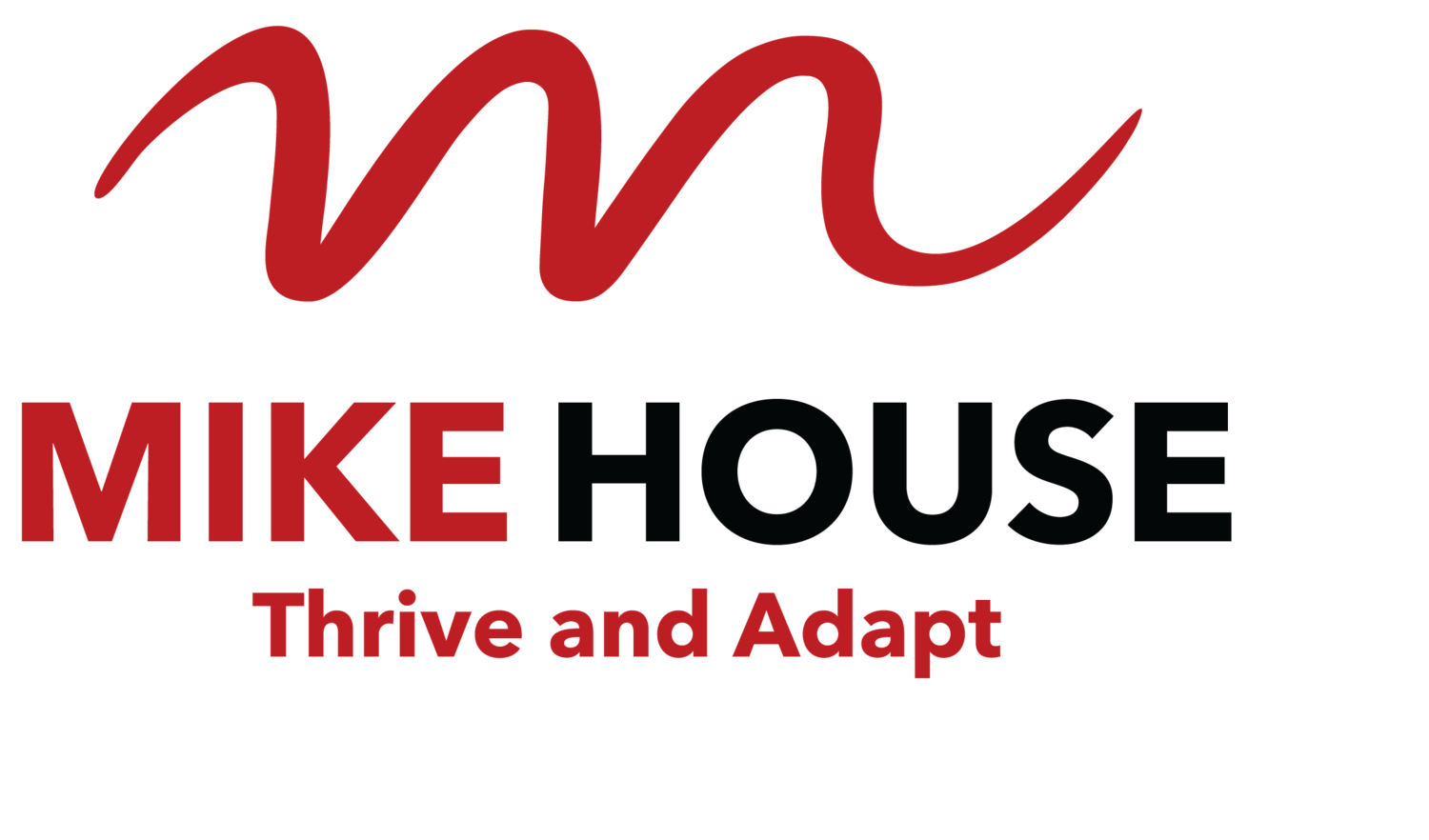Circumstances
/There are three types of circumstance we can face at any time. We can influence them but we can’t really control them.
They all have their time and place. When we approach them with awareness we can handle any of them well.
Some of the greatest issues are caused when people, teams or organisations are facing one circumstance but think, feel and act as if they are facing another.
As If…
I’ve met many people, teams and businesses who are not facing actual survival circumstances, but think, feel and act as if they are. That adds significant stress and drama to themselves, the people around them and the situation they are in. An imagined survival state can rapidly turn into a real one due to stress, poor decision-making and inappropriate action.
Similarly, there are people, teams and businesses who are facing survival, but think, feel and act as if they are not. Total denial. One risk is that they get abruptly, brutally and unexpectedly blindsided - perhaps taken out of the game entirely. An even bigger risk is that the situation passes, leaving them unscathed. This just adds to their denial, leaving them at even greater risk.
Neutral states are pretty cruisey and are often a chance to catch a breather.
Abundant states, due to their rapid pace, can leave people feeling as if they are in survival. As a result, they miss the abundant opportunities around them.
What circumstances are you currently facing? What are the indicators of that? The more clearly you see what you are facing the more adaptable your response.


















